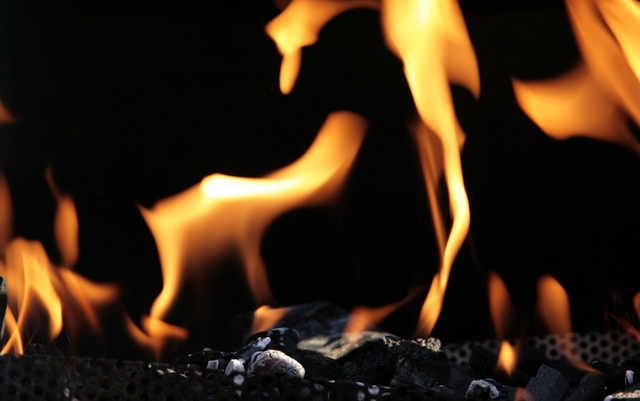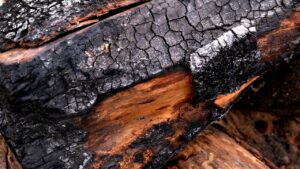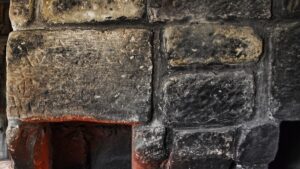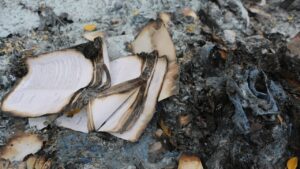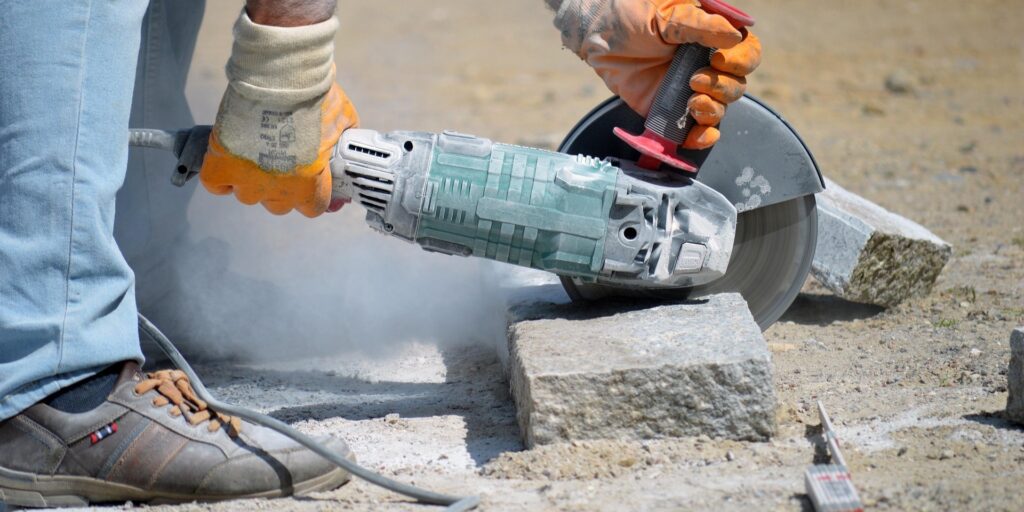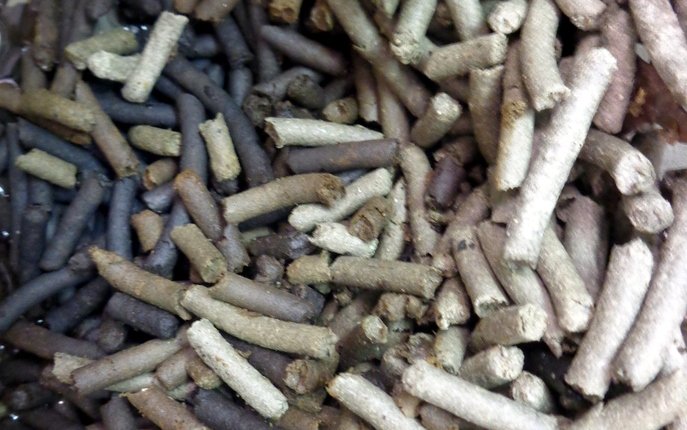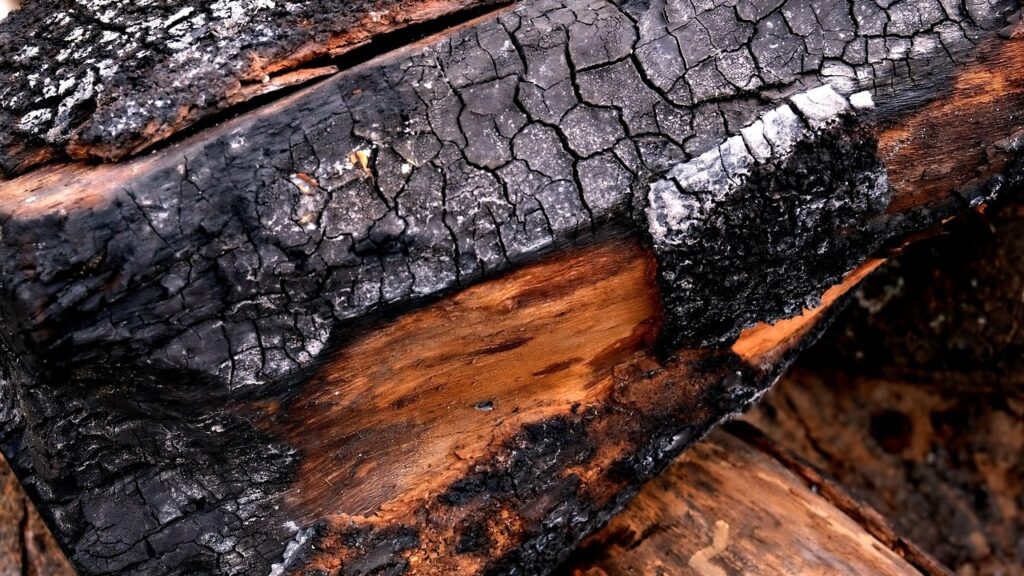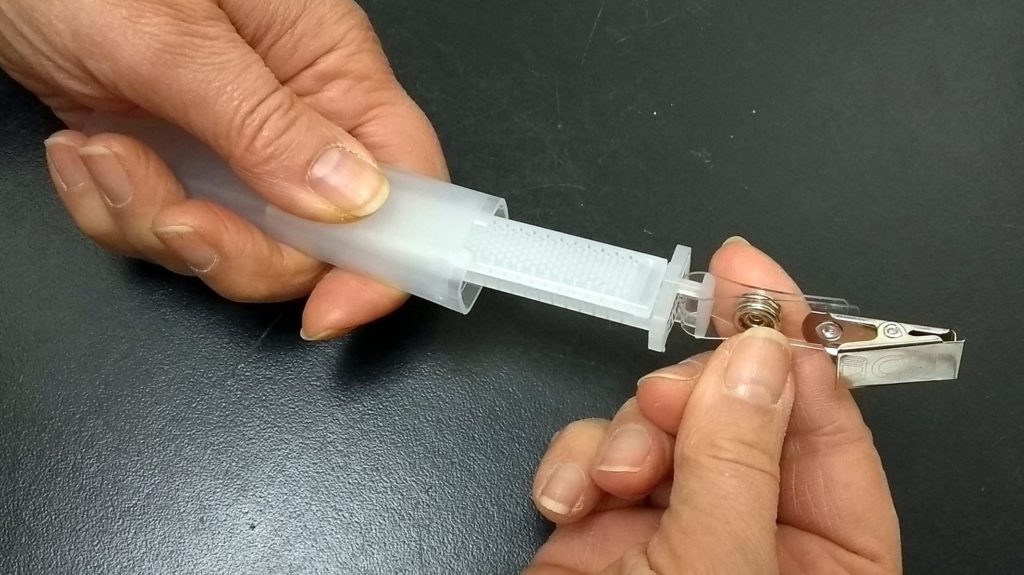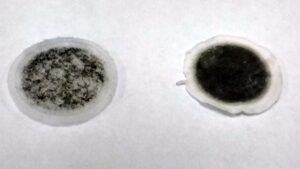 At LCS Laboratory, we offer a unique test to identify soot and char contamination on surfaces. While both soot and char are byproducts of incomplete combustion, they are distinct in origin, structure, and behaviour. These differences often confuse our clients, leading to the common question:
At LCS Laboratory, we offer a unique test to identify soot and char contamination on surfaces. While both soot and char are byproducts of incomplete combustion, they are distinct in origin, structure, and behaviour. These differences often confuse our clients, leading to the common question:
“Aren’t soot and char the same thing?”
The answer is no. Here’s what sets them apart:
What Is Soot?
Soot forms when particles undergo carbonization in a flame during the incomplete combustion of fuels like oil, natural gas, and wood. A familiar example of soot formation is diesel exhaust soot often seen as black smoke from diesel engines.
Key Characteristics of Soot
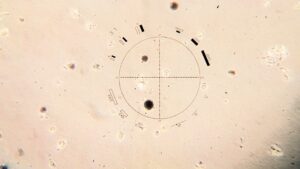 Formation Process:
Formation Process:
- Fuel Combustion: Fuels heat to high temperatures in a low-oxygen environment, breaking into small particles.
- Particle Growth: These particles merge into spherical primary soot particles.
- Aggregation: The primary particles form chain-like structures.
- Composition: Soot consists of fine carbon particles mixed with oils, tars, or other trace chemicals.
- Appearance: It is black, powdery, and extremely fine, with typical particle sizes ranging from 0.1 to 10 microns. The black spherical particles that are seen under the microscope are 10-micron CONGLOMERATES of submicron soot particles. The air was collected in a room with a burning candle.
- Hazards:
- Soot particles are lightweight, easily becoming airborne and contributing to air pollution and respiratory health risks.
- Diesel engines are a significant source of soot, producing “diesel particulates.”
What Is Char?
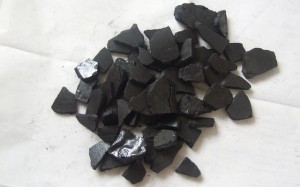 Char is a solid, carbon-rich residue that forms when organic materials undergo pyrolysis—burning under controlled, low-oxygen conditions. Unlike soot, char retains much of the physical structure of the material it originates from, such as wood or biomass.
Char is a solid, carbon-rich residue that forms when organic materials undergo pyrolysis—burning under controlled, low-oxygen conditions. Unlike soot, char retains much of the physical structure of the material it originates from, such as wood or biomass.
Key Characteristics of Char
- Structure: Char has a porous texture and maintains the original shape of the burned material.
- Behaviour: It is larger and coarser than soot, making it less likely to become airborne.
- Hazards: Although chemically similar to soot, char’s larger size reduces its risk of being inhaled or ingested.
Key Differences Between Soot and Char
- Particle Size: Soot is finer and lighter than char.
- Formation Process: Soot forms in oxygen-deficient flames, while char results from pyrolysis or controlled burning.
- Structure: Char retains the structure of the original material, while soot forms spherical conglomerates.
Why Testing Matters
Understanding the differences between soot and char is crucial for fire investigation. Whether you’re assessing contamination on equipment, evaluating air quality, or studying combustion byproducts, identifying soot and char accurately is essential.
Contact LCS Laboratory today to learn more about our soot and char contamination testing services. We’ll help you understand these residues and their potential impact on your operations.

